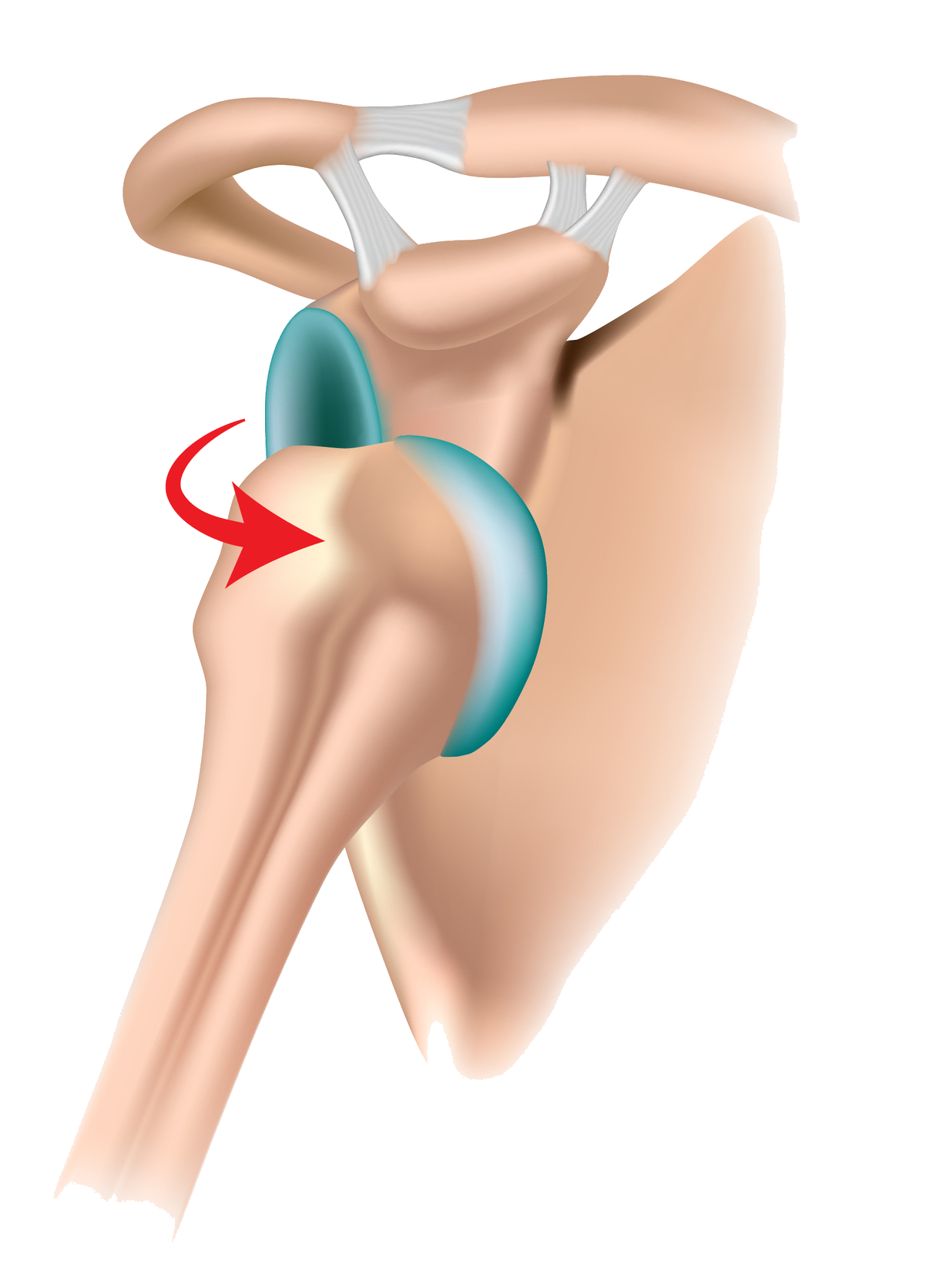Atraumatic shoulder instability

Atraumatic instability, or multidirectional instability, is a complicated condition whereby the shoulder is unstable in lots of positions. Typically, people consider themselves as double jointed and are very flexible. They may have had previous joint dislocations, and their elbows and knees may bend backwards past straight.
People with multidirectional instability may find that their joints dislocate at particularly stressful times when their muscles are not co-ordinating effectively. Usually the shoulder dislocation goes back into joint by itself and people may have many dislocations over the years. Fortunately, as people get older the recurrent dislocations tend to settle as peoples’ tissues generally get stiffer with age.
Multidirectional instability is most effectively treated with specialist physiotherapy. In rare cases surgery may be performed but the success of surgery in these instances is unpredictable and best avoided if possible.
Everyone has a different inherent flexibility, with some having particularly stretchy tissues. There may be other members of the family that have had joint dislocations. While the shoulders may have been in balance for many years with no apparent problems, the balance may be upset for some reason leading to recurrent episodes of the shoulder feeling like it will come out of joint or indeed fully coming out of joint. This can be associated with particularly stressful times or major life events.
These may include complete dislocations or a feeling of looseness in the shoulder. When dislocations do occur, often people are able to reduce them themselves by controlling the muscles around the shoulder, or indeed the shoulder may go back in of its own with time.
The best treatment is physiotherapy. This is usually undertaken by a specialist shoulder physiotherapist. They carefully assess the muscles around the shoulder and work to re-train and re-balance them. They will also work on general core stability, often starting to address muscles away from the shoulder to provide a strong basis on which to build shoulder control.
It may be helpful to involve a multidisciplinary team, including physiotherapists, surgeons, general practitioners, and psychologists to tackle the many complex factors which can contribute to the instability.
It is unusual to require surgery for multidirectional instability, and indeed can make matters worse by upsetting the balance of the shoulder. However it is useful in some cases, where extensive non-surgical management has been tried.
While episodes of the shoulder coming out of joint can be numerous, these tend to settle with time as people get older and their tissues stiffen naturally. It is important to continue physiotherapy exercises to maintain a good shoulder balance.